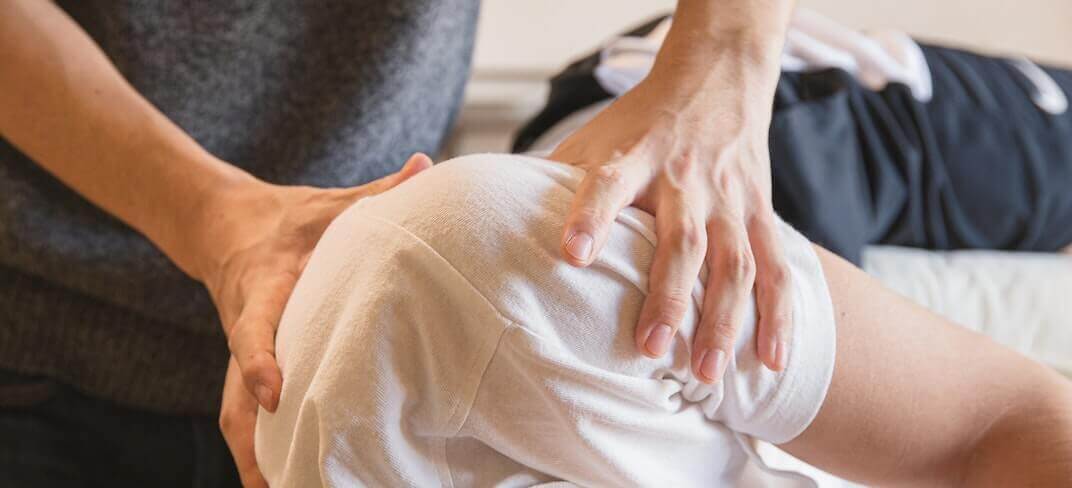Interview about the Lien Mécanique Ostéopathique (LMO) methodology with Dr Domenico Riolo, Physiotherapist and Osteopath expert

Osteopathy is a medical practice that relies on manual contact to diagnose and treat a wide range of disorders, recognised for its focus on the structural and functional integrity of the body. Prominent within the world of osteopathy is Lien Mécanique Ostéopathique (LMO), a modern and comprehensive approach that goes beyond traditional techniques. It offers a wide range of applications, including musculoskeletal, neurological, endocrine, digestive disorders and more. In this interview with Dr. Domenico Riolo, we explore the essence and effectiveness of this advanced form of osteopathy.
Doctor Riolo, could you explain exactly what Lien Mécanique Ostéopathique (LMO) is and how it differs from traditional osteopathic therapies?
Lien Mécanique Ostéopathique, or LMO, is a modern form of osteopathic therapy that is characterised by its comprehensive and precise nature. It is a gentle therapy without manipulation or forced mobilisation of joints that can be applied to all body tissues, including cranial, visceral, and articular. What makes LMO unique is the use of new osteopathic techniques on the bones, arteries and nerves, which go beyond traditional techniques.
To whom is the Lien Mécanique Ostéopathique addressed? Are there any contraindications?
LMO is indicated for patients of all ages, from newborn to adolescent, adult to elderly person. One of its distinguishing features is that it has no known contraindications, which makes it safe for a wide range of patients.
What are the main indications for treatment with the Lien Mécanique Ostéopathique?
The indications are manifold and often little known. These include musculoskeletal disorders such as sprains, tendinitis, neck, back, lumbar and coccygeal pain, low back pain and postural problems. In addition, LMO can be helpful for circulatory or nervous disorders such as sciatica, cruralgia, intercostal neuralgia and many other conditions. Some patients also benefit from osteopathic therapy for cranial and ENT disorders, endocrine disorders, digestive problems, neurovegetative disorders and more.
How is osteopathic diagnosis and treatment according to the LMO?
Osteopathic diagnosis with the LMO is based on a thorough manual examination of the different structures of the body, including bones, joints, organs, muscles and ligaments, nerves and arteries. These innovative investigations of these structures greatly broaden the scope of osteopathic diagnosis, which is crucial for effective treatment. Tissue restrictions are identified without mobilisation through pressure or traction tests on key points, which are performed on the entire body following a rigorous and reproducible protocol.
What is the role of osteopathy, including Lien Mécanique Ostéopathique, in patient care?
According to the WHO, osteopathy, also known as osteopathic medicine, relies on manual contact to diagnose and treat patients. This approach places great emphasis on the structural and functional integrity of the body, which has an inherent tendency towards self-regulation. An essential component is manual therapy, which comprises a range of techniques, including those used in Lien Mécanique Ostéopathique osteopathy. These techniques can be used alone or in combination with other treatments or recommendations, depending on the patient's needs.